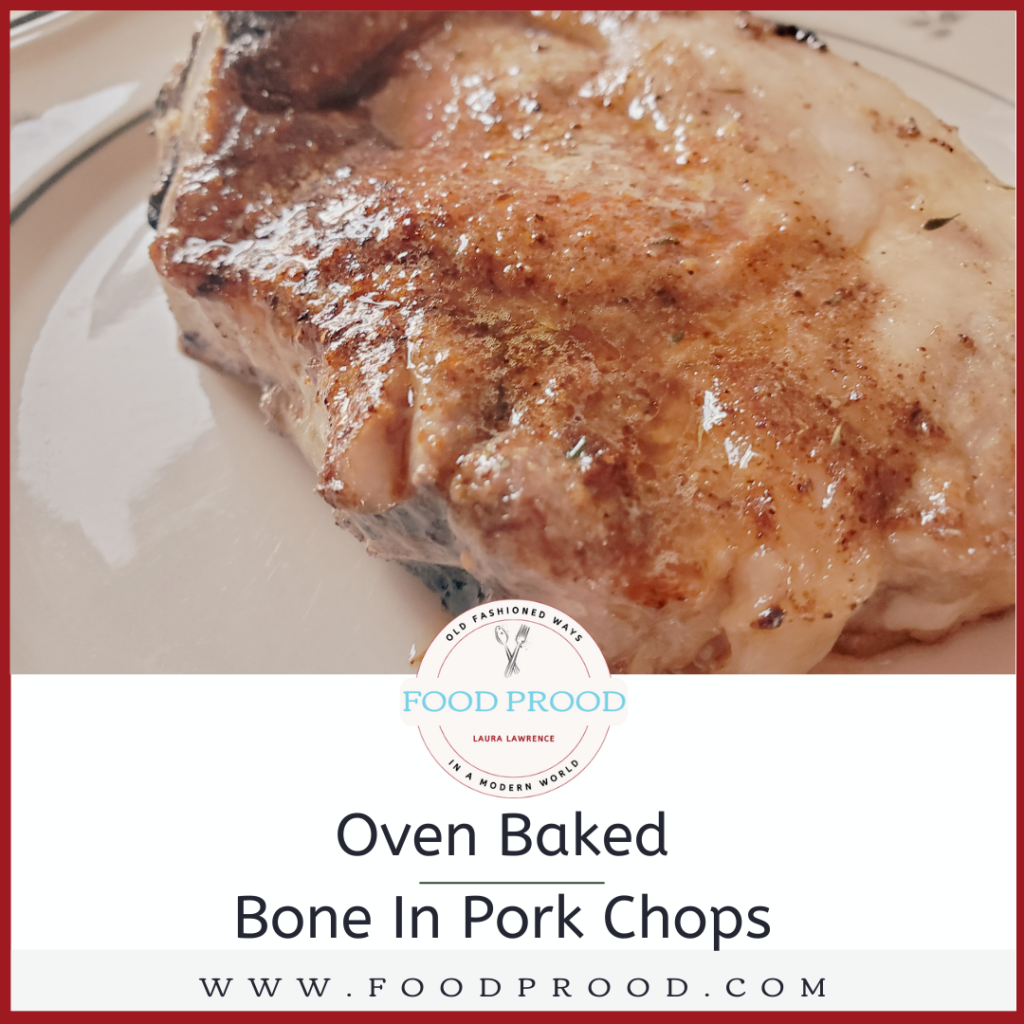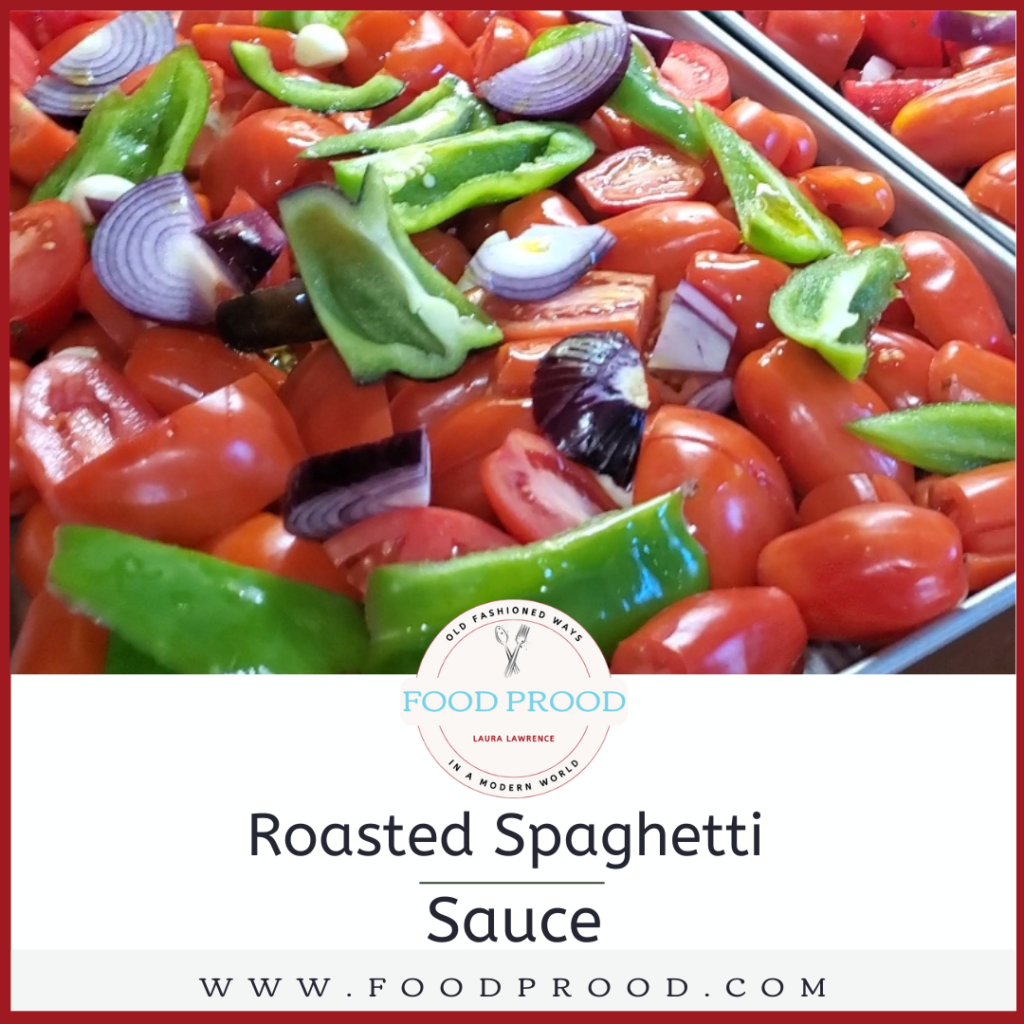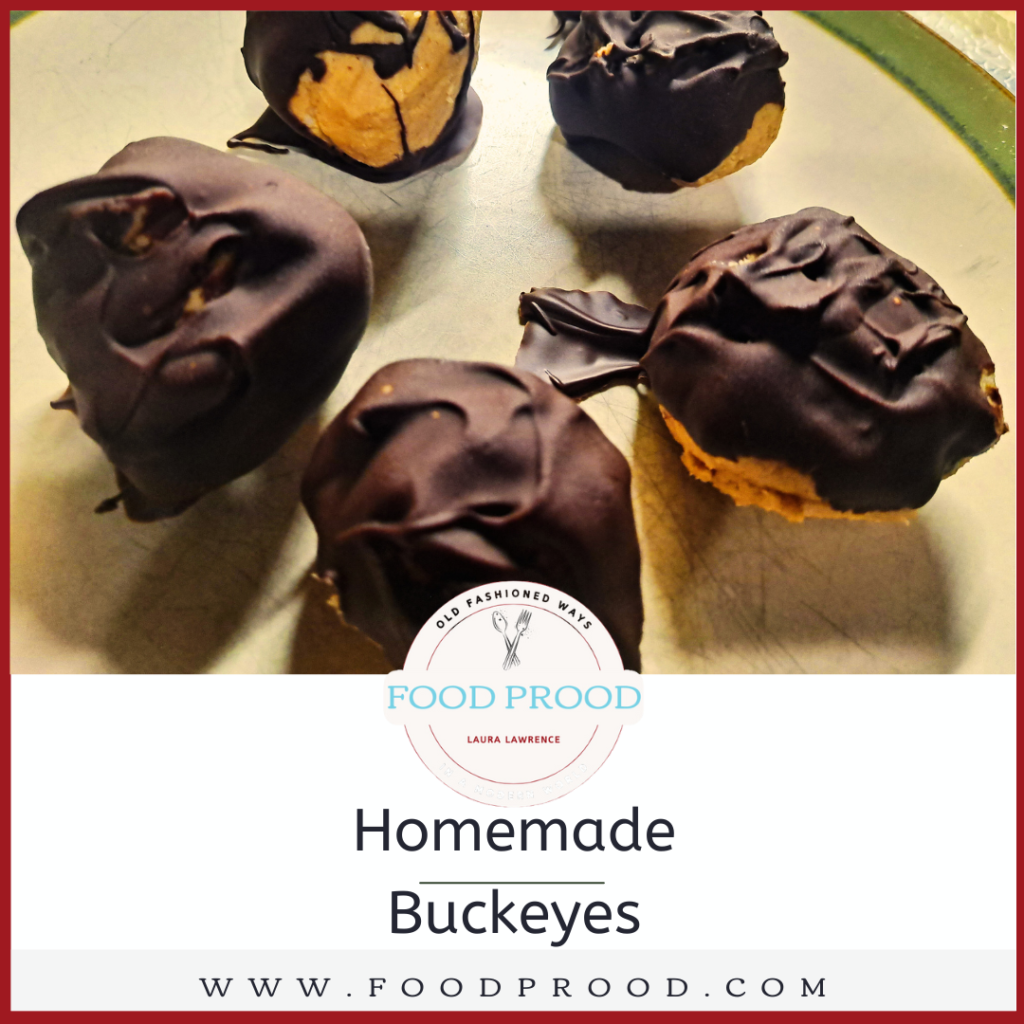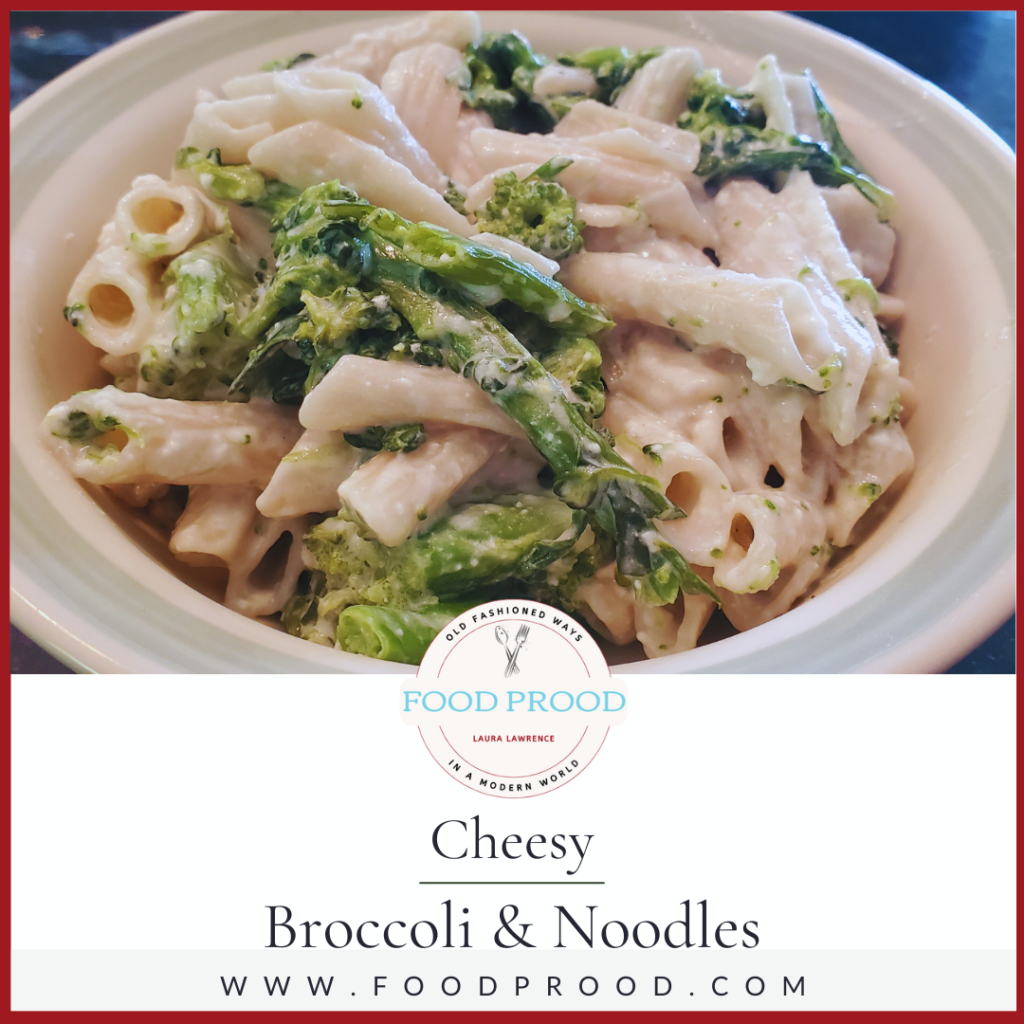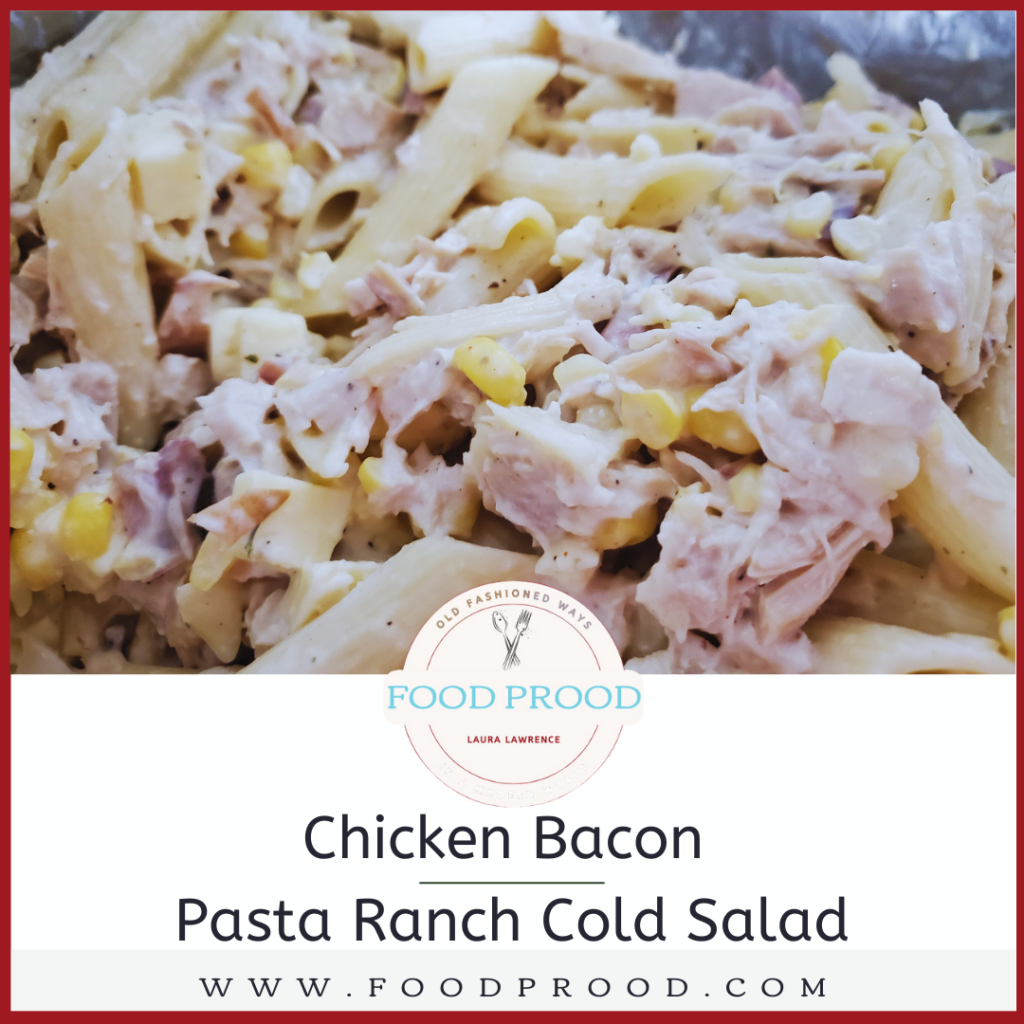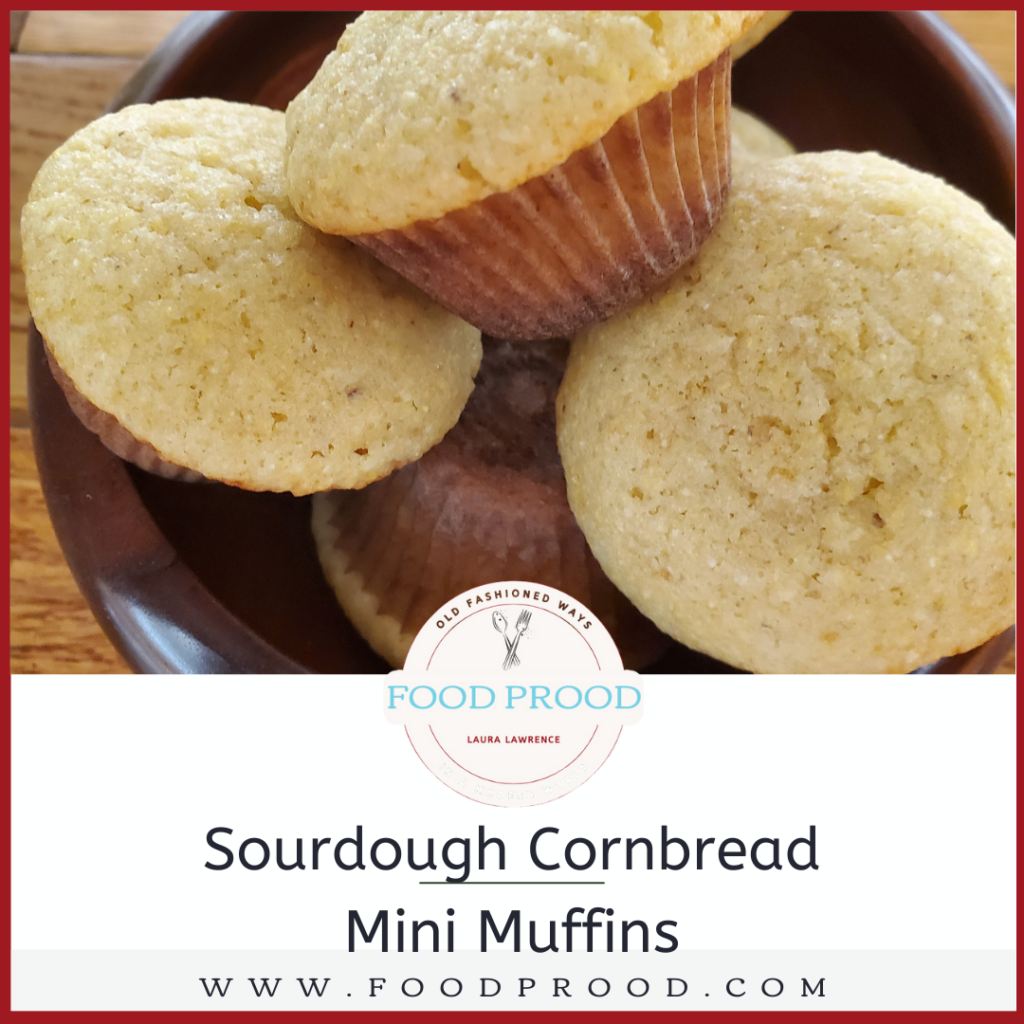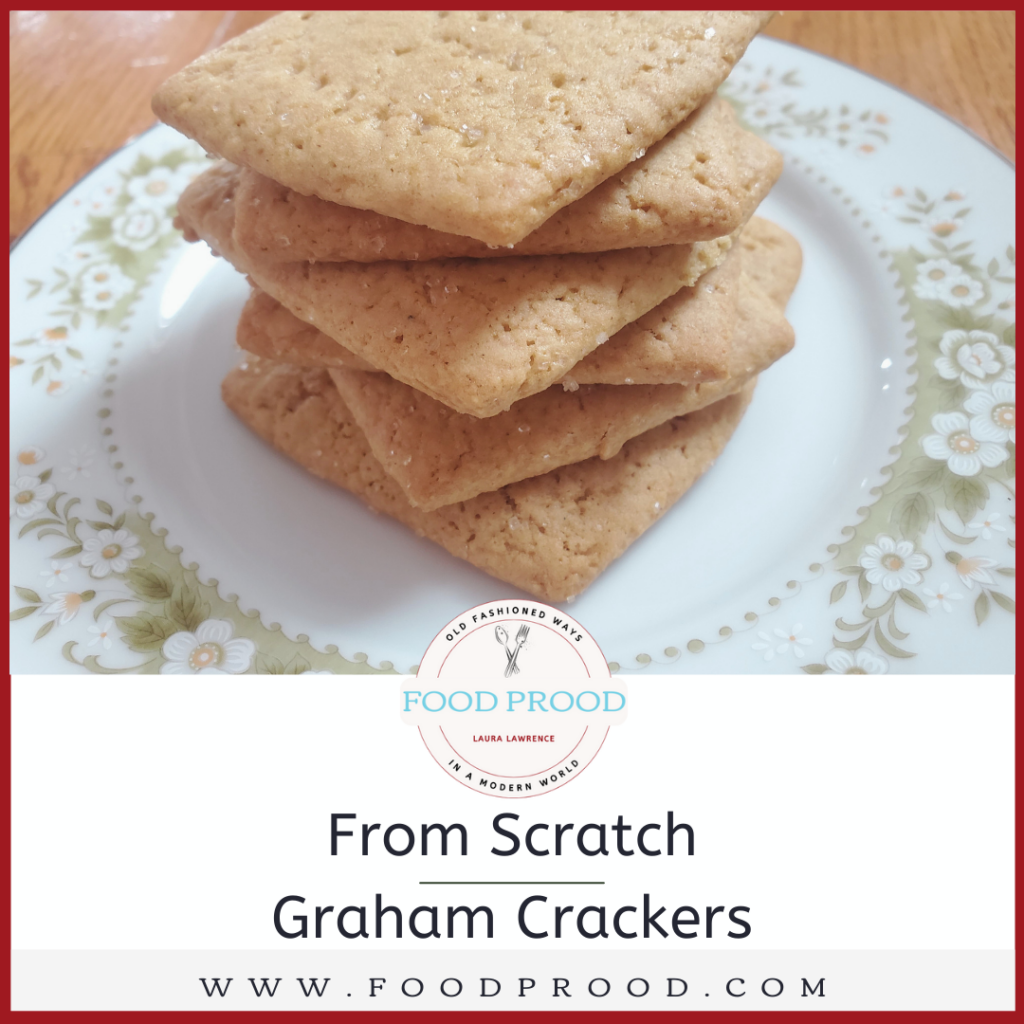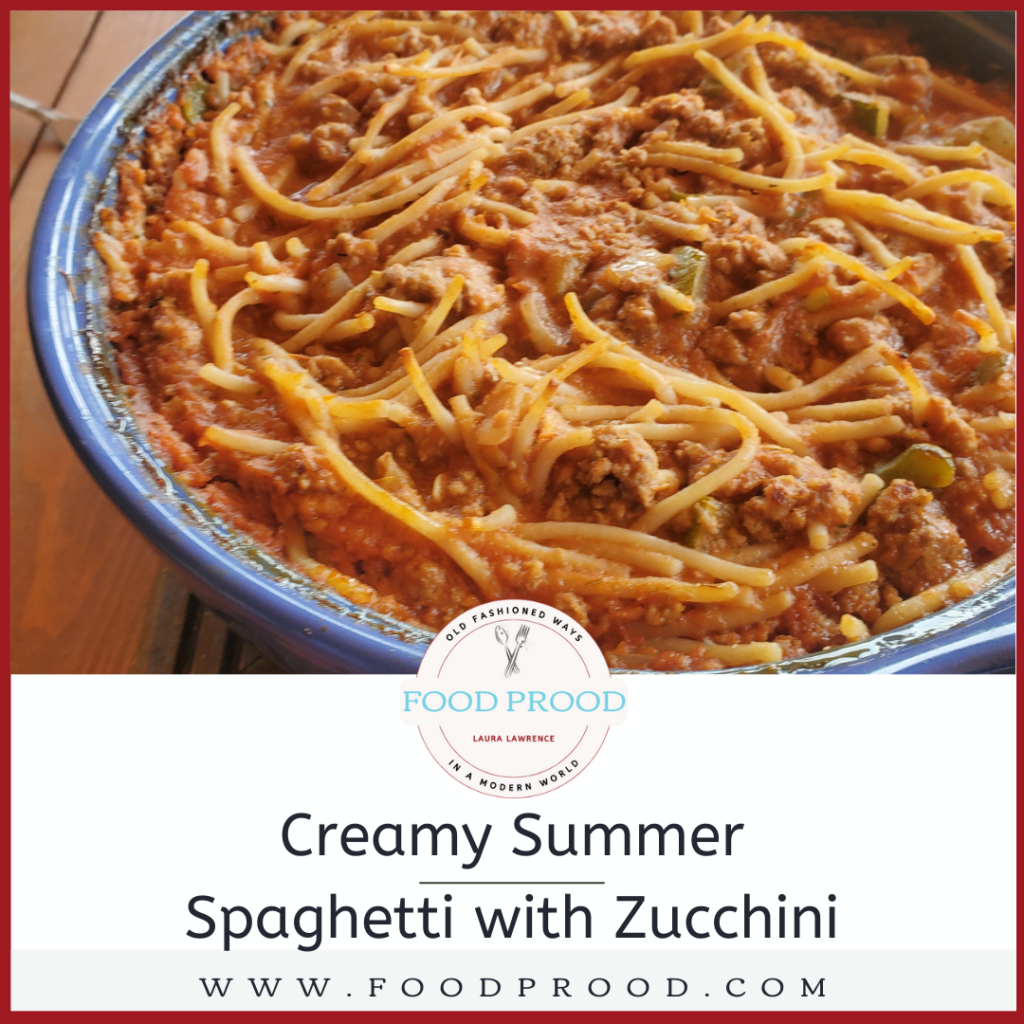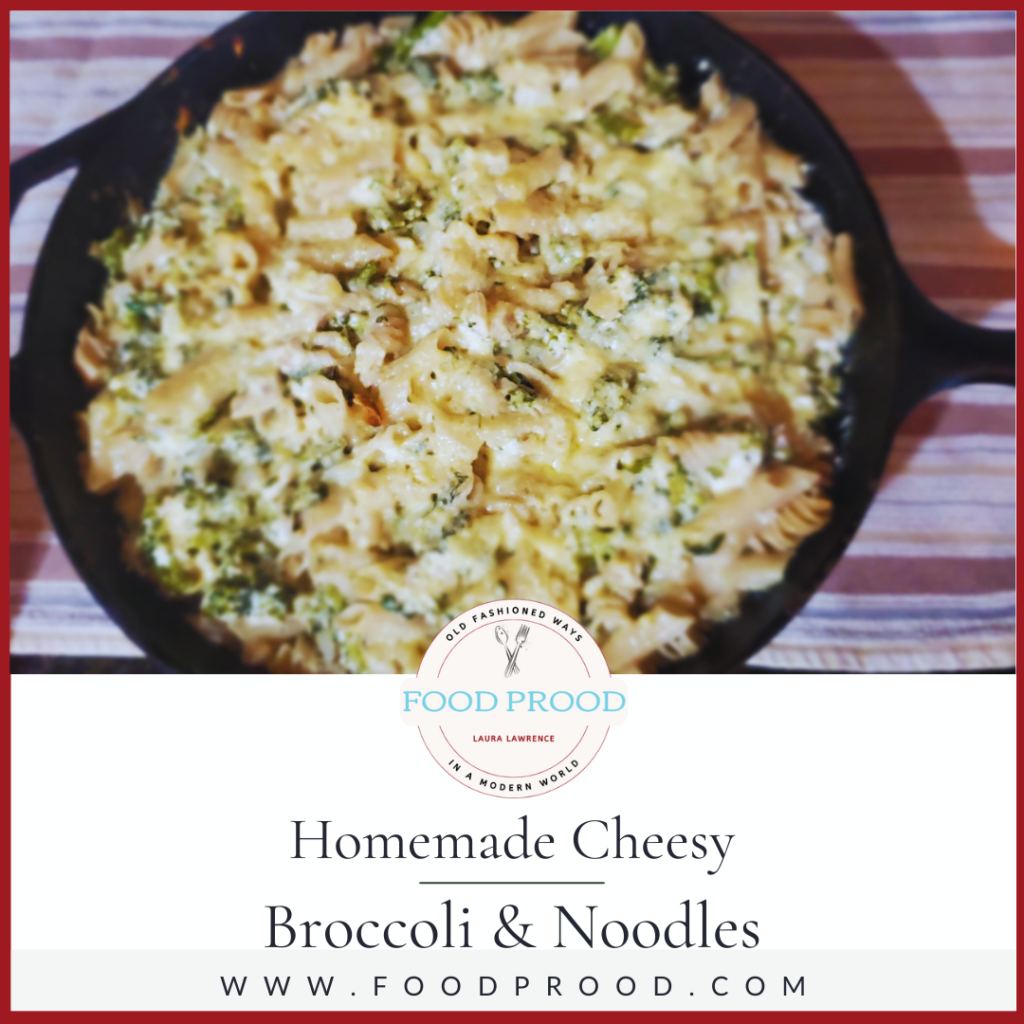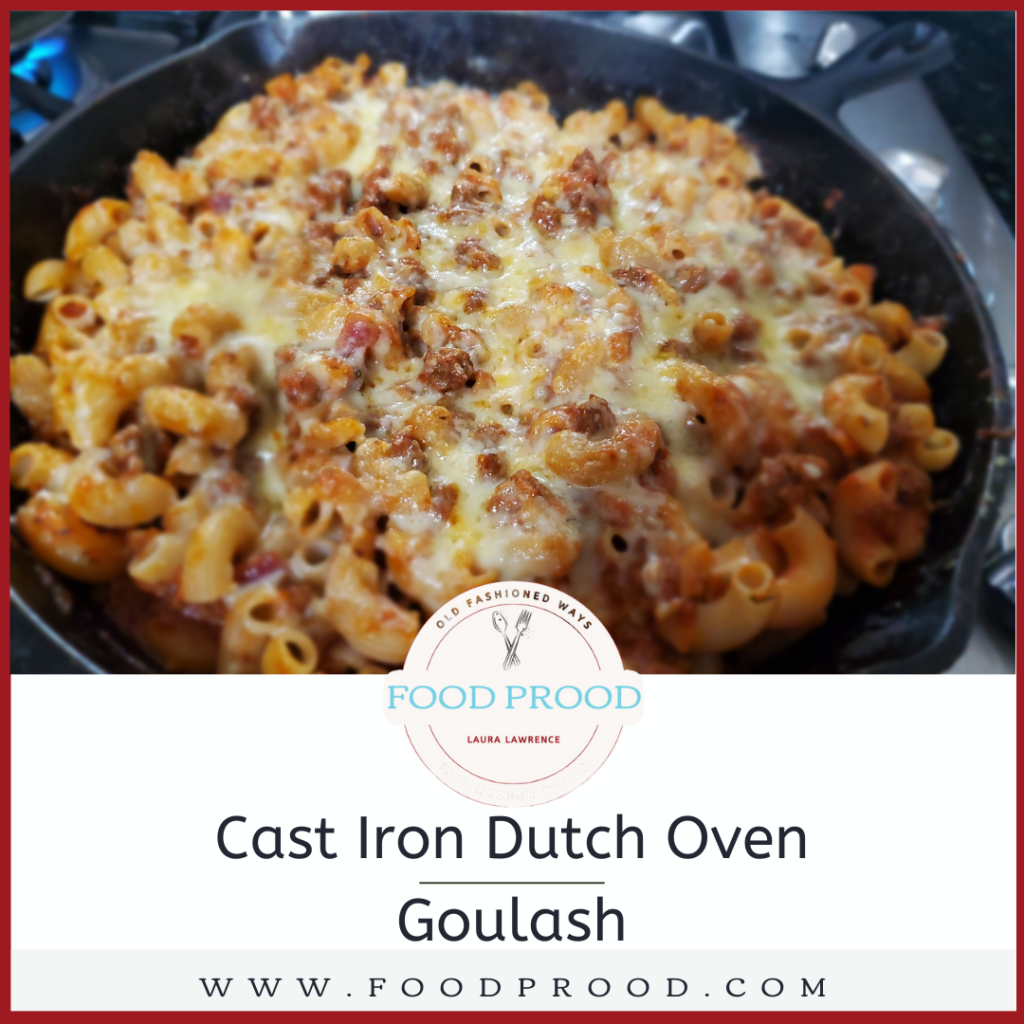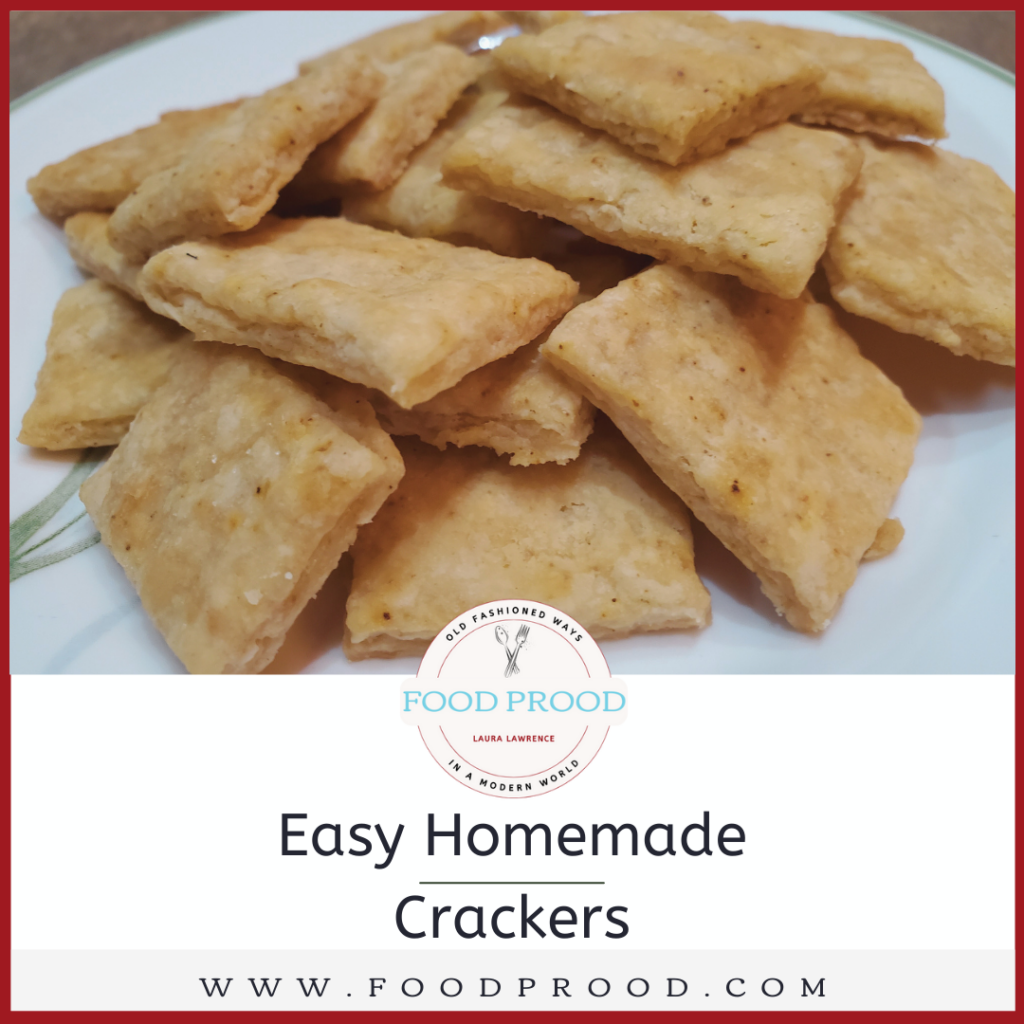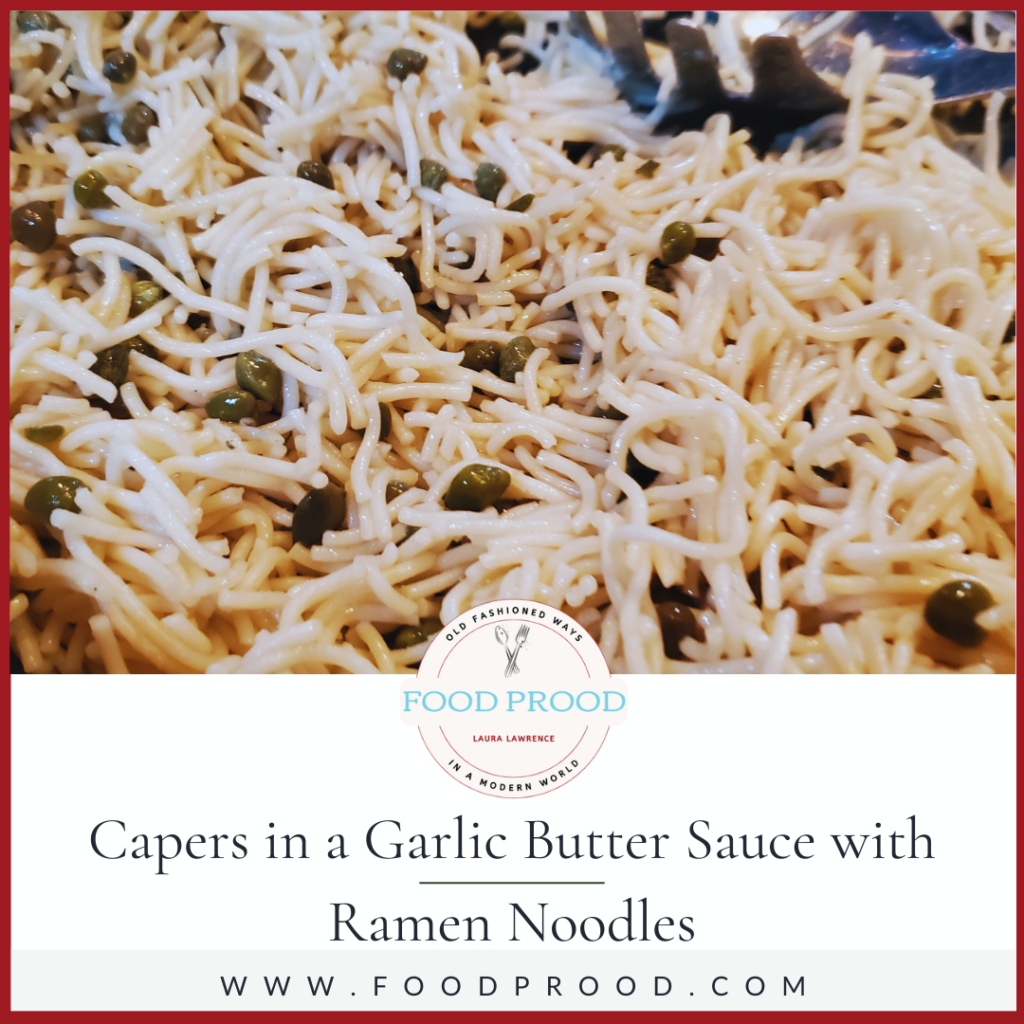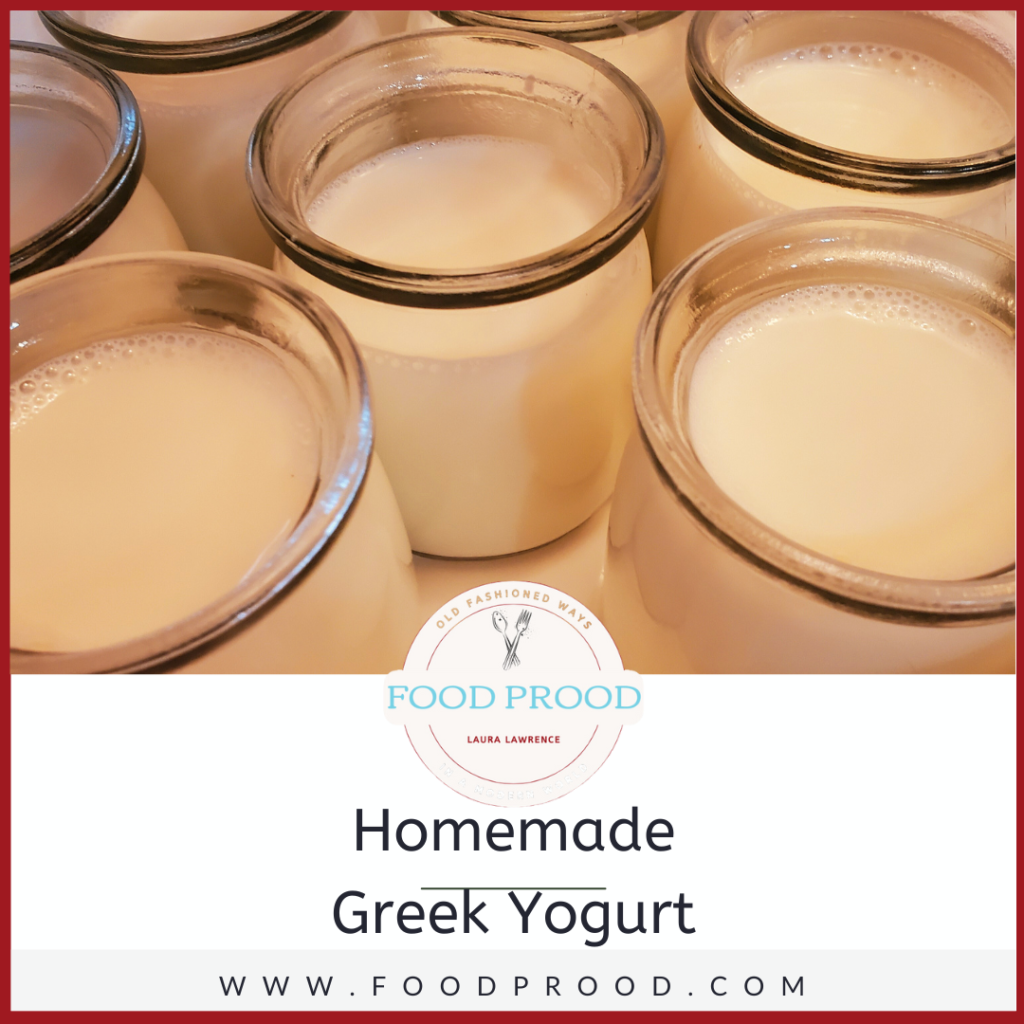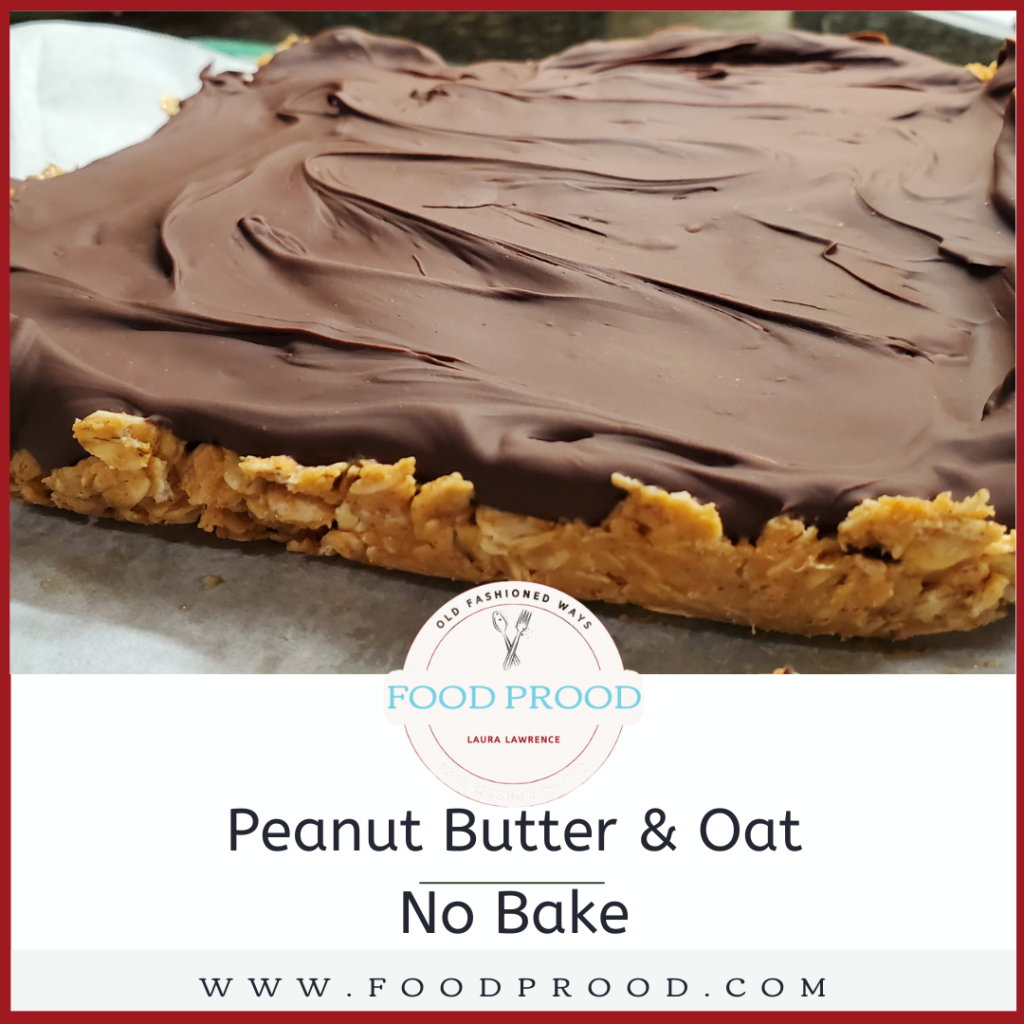Raising Your Own Meat Birds In Your Backyard

Welcome to your guide to Raising Poultry (Meat Birds) in YOUR Backyard!! We’ll be kicking off this series with an introduction video which you will find below. Raising your own poultry for meat is an exciting endeavor, fulfilling and a great way to know how your food is being handled and fed. You get to choose how you want to raise your meat. This is one of the important topics that we feel very strongly about- the treatment of animals. The other important topic is feeding them good feed! What they eat you eat, so keep that in mind. We purchase from a small family farm that is USDA certified organic.
Let’s Dive In!- Introduction Video
Where to start?
Start by purchasing
- Find a local source (within your state to minimize stress of shipping on the chicks)
- We suggest choosing Males instead of females or a straight run (mix of males/females) to ensure larger birds in your freezer
- We do not suggest getting the chicks vaccinated of the beaks trimmed – however please do your own research
- Order Jumbo Cornish Cross Rock – here in Michigan we purchase from Townline Hatchery
- As a family of 5 with smaller children we would plan on 1 chicken a week, as the kids are growing we are increasing to 3 chickens per week. Plan on purchasing a few extra as there’s always a percentage that will not make it to the butchering process. The amount will depend on what other types of meat you are raising and or purchasing.
What do you need for the Baby Chicks?
Tour my Brooder Setup Below
- Heat lamps
- Red Bulbs
- Small waterers
- Small feeders
- Wood Chips
- Electrolytes <– homemade
- Chick Grit
- Starter Feed
You can buy these items online or from a local farm store such as Tractor Supply, the above links are for Amazon through my affiliate links- the specific ones I have not used personally as ours are pretty old.
How much food do you need?
We suggest planning on 15 pounds total (between the starter & grower feed) to raise the meat bird to 8 weeks old. We recommend having extra on hand just in case. You will feed the birds for 4 weeks of the Starter and the remaining 4 weeks Grower Feed.
What do you do when they arrive?
- Prior to when they arrive have everything setup and ready to go. A clean coop with plenty of wood shavings (we use pine shaving from Tractor Supply)
- Heat lamps plugged in with red bulbs securely fastened about a foot off the ground
- Electrolytes ready
- All the above supplies ready to go
The morning of:
Ours ship via the USPS postal service and they will call you early in the morning to let you know that you need to go and pick up the baby chicks. They will be chirping very loudly in the background, it’s kinda funny.
Plug in the heat lamps and fill the waterers and add in the appropriate amount of Homemade Electrolytes (or purchase)
Unbox the baby chicks and do a quick count, they generally add in a few extra as some are weak and will not make it
Give them ONLY WATER for the first several hours in order to calm down and not over eat
After a few hours you can introduce your Starter feed, you will keep their food topped off for the first 2 weeks of age. After they are two weeks old you will then move them to a feeding system of 12 hours on 12 hours off. This way this helps them not over eat and grow to fast
I suggest adding in a shovel full of dirt and grass. This is a great way to keep them healthy by letting them pick at the grass and dirt by eating the microorganisms and microbes that the soil offers plus it gives them something to do!
After a day or two you can start to give them some Chick Grit sprinkled on top of their food, or placed in a tray for free choice.
Maintaining Your Chickens
In this video we’ll do a quick video of the baby chicks at about two weeks old. You’ll start seeing their feathers change from the soft yellow feathers to more coarse white feathers, once they change most of their feathers and the weather is nicer out you’ll no longer need the heat lamps and you’ll be able to move them outside. Which is exciting because no more cleaning the coop! You’ll be able to move them onto grass where they’ll be able to eat bugs, grass and grab more microbes from the soil.
Moving Them Outside

Time to move the meat birds outside! We love using the chicken tractors to help move them around to fresh grass daily. We generally move them into the tractors at around 2 weeks old and we’ll move them once a day. As time goes on we move them more often per day, towards the end of their journey we’ll move them three times a day. This helps keep them clean as they poop a lot! It’s also helpful to have someone at the back of the tractor making some noise to help the chickens move towards the front, this helps them not get run over. This last batch did great every time we moved them and understood that new grass was on the way.
The grass really is greener on the other side!
Also check out how we hang everything inside the mobile chicken tractors which really helps when moving them. We also move them to nipple waters as they are also easier to fill, hang and then move daily. You can check this quick video out of the meat birds lining up to drink that fresh cold water. We use THESE red water nipples along with food grade buckets. We bought them from Amazon which has the instructions on how to drill the buckets and easily apply to create the hanging water buckets that work out really well. Chickens are attracted to the color red so it helps them find the water source more easily.
We’ll keep this process up until about 8 weeks old when they are ready to be processed.
Example of the water nipples we use from Amazon
Processing Chickens
Here’s a quick video on what our setup looks like when we start to process chickens.
We do not have the capabilities at this time to capture the actually processing, however the internet has a plethora of videos that will help you with the exact processing.
Here’s what we like to have all setup and ready to go:
- Really sharp knives
- Processing Poultry Shears
- Tent for shade
- Fish cleaning tables setup attached to water source
- Several coolers filled up with cold water to place your processed birds in to cool down
- Plucker plugged in and tested
- Scalder filled and heated
- Buckets for guts and feathers
- Broiler shrink bag
- Turkey fryer to use after they are processed and cooled down using the shrink bags
- Zip ties for the shrink bags
- Stainless steel cones
- Propane tanks
- Electrical cords
Other Items to have Ready:
- Lunch
- Water
- Coffee
- Hand sanitizer
- Freezer plugged in and ready to be filled
Plan on lots of time to handle the processing, bagging and cleaning up. We like to process around 4th of July and set the alarm for 5 am, start heating up the scalder, grab some coffee and get to it. Typically with three people we can process start to finish 100 birds in 8-10 hours.




